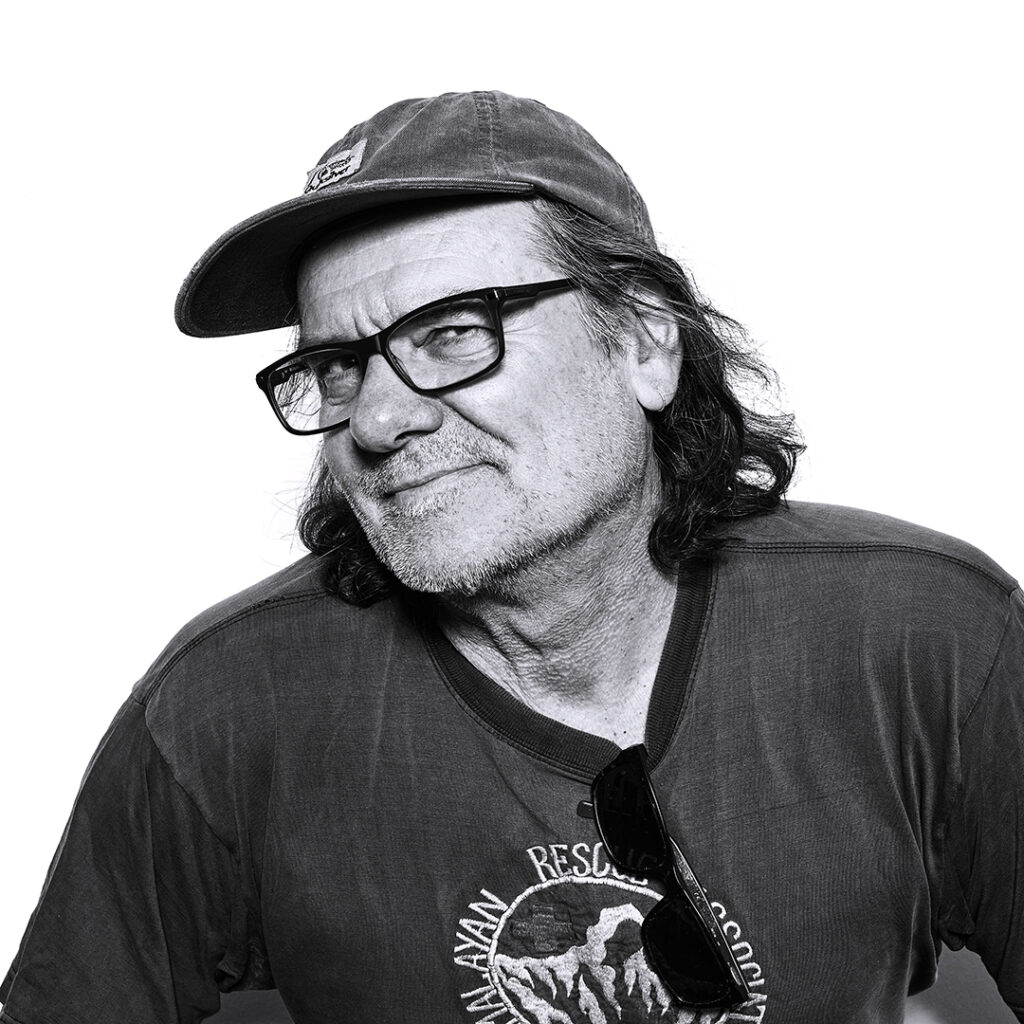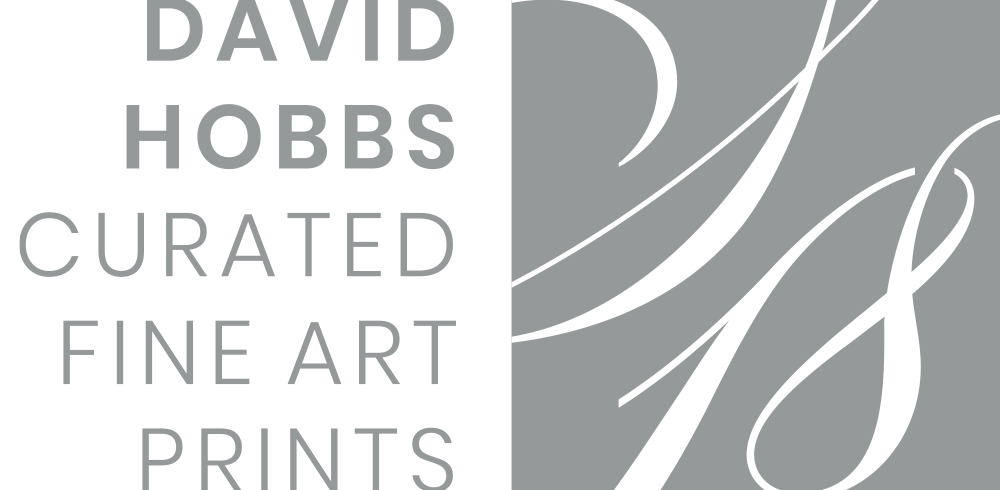Andy Grant
Artworks available
About Andy Grant

I’m a semi nomadic artist based in Tarntanya (Adelaide) South Australia but often working remotely from the back of my old Troopy.
Utilising multiple mediums; digital, analogue and alternative photographic processes, I strive to create immersive imagery, in which the raw power and subtle beauty of nature triggers a feeling of meditative connection in the viewer.
Memory has a profound influence on how and where I work, on what I produce and why I produce it.
As a child my family lived in dense bush, on a hilltop close to the Southern Ocean. The constant pounding of waves, the howling of wind in the trees and the smells of the bush and ocean, were all encompassing.
To live there was to marinate in the raw elements. There was no other choice.
Decades later, memories of wandering labyrinthine bush tracks, struggling up towering sand hills and being beaten by sea-spray laden winds, still hum away in my psyche. The sights, sounds and smells of that wild coast, have instilled in me a deep reverence and a strong desire to help protect natural unspoiled places.
My hope is that I can capture some of that natural hum in my images and that they act as a conduit to remind the viewer that they are a part of nature, not apart from it. Everything is connected.
How long have you been a photographic artist, and what was the journey you took to get to where you are today?
I had no idea what they did but the camera was covered in precisely moving dials and switches. Din/ASA, shutter speed and aperture values, numbers all over beautifully engineered and machined parts. I was fascinated and I spent hours after school, secretly playing with that camera. Years later, he gave it to me… and I lost it.
In the early 1970’s my high school had a superb darkroom. The first time I walked through the light tunnel, I was hooked. I still have a couple of 8×10 BnW prints that I made back then.
Photography has been an important part of my life ever since, both as an artistic outlet and a meditative inlet for the connection I feel to nature.
When dad gave me the Kodak Retina I used it to document multiple, extended surf/road trips. I shot Kodachrome and posted it off for development, waiting weeks to see the results. The Retina, with its hand held meter was a bit of a pain to use so I put an Olympus OM1 on lay-by and took about a year to pay for it and its 50mm f/1.4 lens. I thrashed that camera till the late 1990’s. often in a EWA Marine waterproof bag, with a 28mm lens, shooting in the surf and on reefs. Manual focus, manual shutter speed, manual aperture, manual film wind and 36 shots all inside a thick plastic bag, while swimming. It’s certainly easier these days but I’m yet to see a viewfinder as expansive as that old OM1.
Most of my photography from 1990 to 2006 was travel related. I travelled as much as I could making extended backpacking trips locally and over seas. I still love the idea of travel as a kind of pilgrimage. The journey being as important as the destination. During that time I wrote a regular photography column for a West Australian outdoors/travel magazine, now out of publication.
After a love/hate relationship with a Leica M6 I decided it was time to go digital, stupidly selling the Leica and 28, 35, 50 and 90mm lenses to fund the jump to a Canon 5Dmk2…
One of those cameras has appreciated in value, one hasn’t.
Recently I finished a Diploma in Photography and Photo imaging at the Adelaide School of the Arts. It was on an industry visit that I fortuitously met David Hobbs.
Back in the late 70’s, I started a Fine Arts degree and planned to major in photography. At the same time, I was offered a well paid job in construction and deferred the degree thinking I would go back to it when I had more money behind me. It has taken 40 years but that is finally what I am doing. I am back at uni in 2024 to start a Contemporary Arts degree. Photography will be a large part of what I do, digital and alternative analogue processes with eco friendly and plant based developers, sourced from the locations I work in.
As part of Select 18, could you speak to your relationship with the printed photographic image, and the collaborative process you undertake when printing with David at Master of Prints?
David Hobbs is a legend. Every time I get something printed, I learn something new about the process. He shares his knowledge and time generously. He knows his shit!
While that may sound a little unprofessional to some people, there really is no better way to put it.
To me, the final print is the whole point of the exercise. Viewing an image on a good screen is nice (and necessary) but holding a beautifully printed, tonally nuanced image in hand, is a quasi- mystical experience.
My work is all about eliciting a visual connection to place and nature. I shoot slowly, in a meditative fashion, always with the final print in mind. Davids depth of printing knowledge and his communication skills are intrinsic to my final artwork. It is an absolute pleasure to work with him.
What do you see as the future of your photographic art, both within the Select 18 collective, and beyond?
In 2024, I will begin a Contemporary Arts undergraduate degree. My aim is to investigate alternative analogue photographic processes and use them in conjunction with my digital and mixed media art practice. With the proliferation of AI, I am drawn more and more back to film and hands on processes, particularly those involving less harmful chemicals. I am interested in researching plant based developers found at my shoot sites, further cementing a connection to place.
